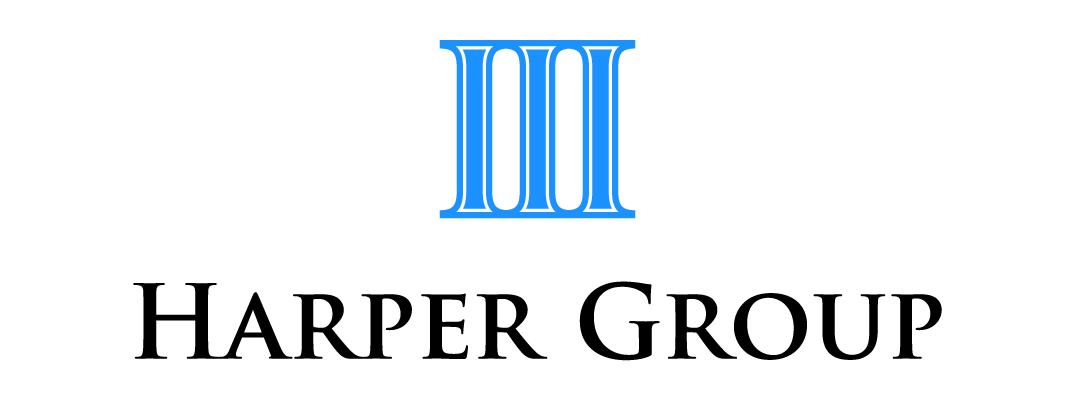The importance of cash flow forecasts
As we enter into the new year, with many economists predicting a slowing of the economy, planning your business’s cashflow is more important than ever.
Studies suggest that the failure to plan cash flow is one of the leading causes of small business failure. To this end, a cash flow forecast is a crucial cash management tool for operating your business effectively.
Specifically, a cash flow forecast tracks the sources and amounts of cash coming into and out of your business over a given period. It enables you to foresee peaks and troughs of cash amounts held by your business, and therefore whether you have sufficient cash on hand to fund your debts at a particular time.
Moreover, it alerts you to when you may need to take action – by discounting stock or getting an overdraft, for example – to ensure your business has sufficient cash to meets its needs. On the other hand, it also allows you to see when you have large cash surpluses, which may indicate that you have borrowed too much, or you have money that ought to be invested.
In practical terms, a cash flow forecast can also:
· make your business less vulnerable to external events in the economy, such as interest rate rises
· reduce your reliance on external funding
· improve your credit rating
· assist in the planning and re-allocation of resources, and
· help you to recognise the factors that have a major impact on your profitability.
At this point, a distinction should be drawn between budgets and cash flow forecasts. While budgets are designed to predict how viable a business will be over a given period, unlike cash flow forecasts, they include non-cash items, such as depreciation and outstanding creditors. By contrast, cash flow forecast focus on the cash position of a business at a given period. Non-cash items do not feature. In short, while budgets will give you the profit position, cash flow forecasts will give you the cash position.
Cash flow forecasting can be used by, and be of great assistance to, the following entities:
· business owners
· start-up business
· financiers
· creditors.
A cash flow forecast is usually prepared for either the coming quarter or the coming year. Whether you choose to divide the forecast up into weekly or monthly segments will generally depend on when most of your fixed costs arise (such as salaries, for example). When you are making forecasts, it is important to use realistic estimates. This will usually involve looking at last year’s results and combining them with economic growth, and other factors unique to your line of business. When forecasting overheads, usually a forecast will list:
· receipts
· payments
· excess receipts over payments (with negative figures displayed in brackets)
· opening balance
· closing bank balance.
Reach out to us if you would like to know more.
Harper Group Pty Ltd – Chartered Accountants Frankston - Ph 9770 1547
Disclaimer: All information provided in this article is of a general nature only and is not personal financial or investment advice. Also, changes in legislation may occur frequently. We recommend that our formal advice be obtained before acting on the basis of this information.
Please note we at Harper Group Pty Ltd are not licensed to provide financial product advice under the Corporations Act 2001 (Cth) and taxation is only one of the matters that must be considered when making a decision on a financial product, including on whether to make superannuation contributions. You should consider taking advice from the holder of an Australian financial services licence before making a decision on a financial product.
